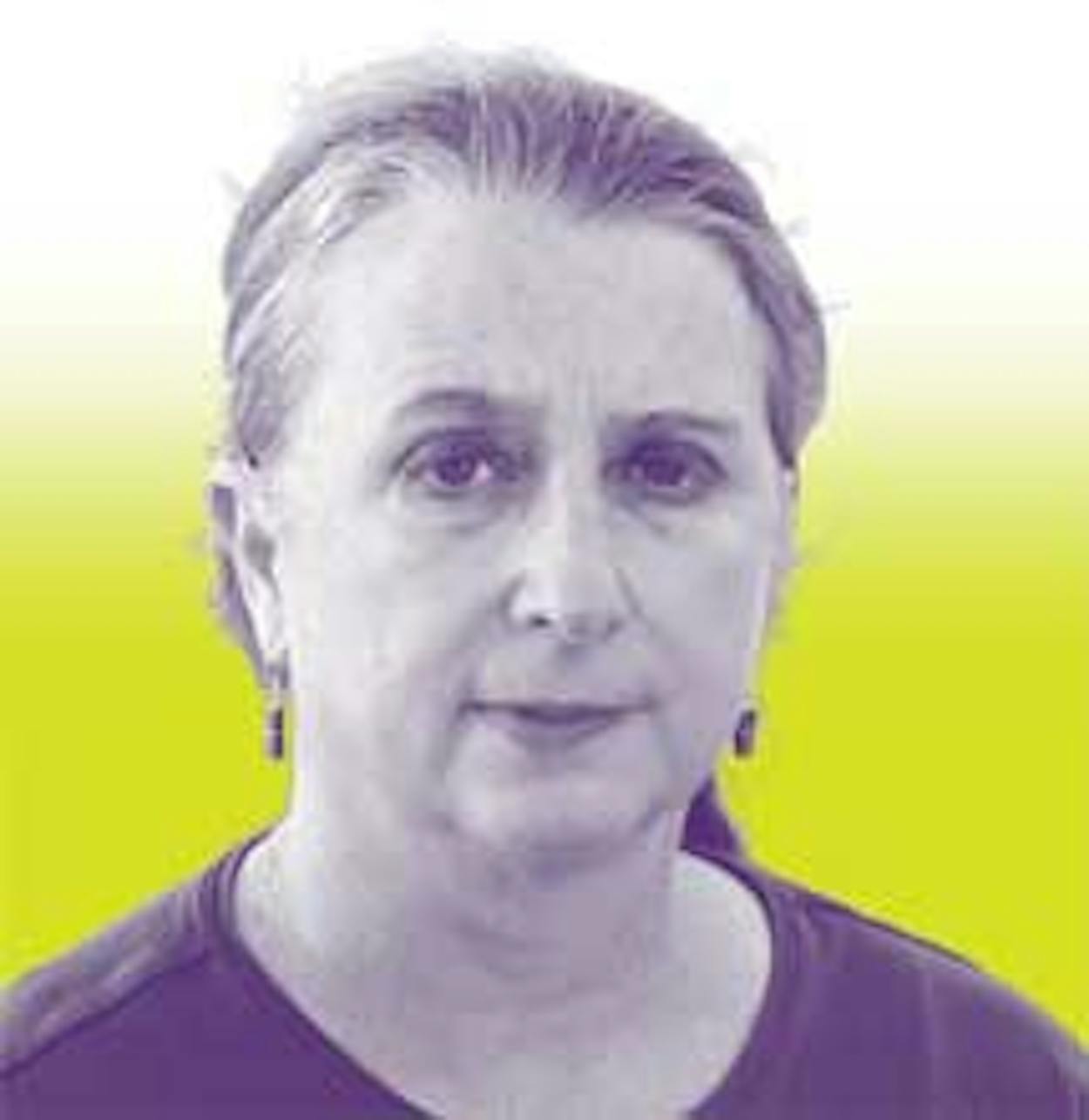Here’s a convenient truth for you: All those greenhouse gases polluting the atmosphere—the result of burning and combusting oil and gas and coal—can simply go back where they came from, and the environment, not to mention the world, will be better and cleaner for it. That’s the theory behind the work of Hovorka, who has been a research scientist at the Bureau of Economic Geology at UT since 1981. A New Orleans native with a bachelor’s degree in geology from Earlham College, in Indiana, and master’s and doctoral degrees in geology from UT-Austin, she pioneered the process of carbon sequestration, in which carbon dioxide is injected a mile or more under the surface of the earth, into unused, deep brine-bearing aquifers, and isolated from fresh water supplies. (She and her research team just received a $38 million, ten-year federal grant to study the procedure.) While reducing emissions in this particular way sounds relatively simple, it’s expensive; unless energy companies are willing to pony up, the cost may be prohibitive. But Hovorka hopes, as we all should, that advances in technology, such as the new gasification method at next-generation coal plants, will make it more affordable in the future.
A Web Exclusive Interview
Do you see a disconnect between the scientific community’s views on global warming and the political world’s views?
We need to communicate the options to reduce emission of carbon to the atmosphere to policy makers and the public. Most people are aware of conservation, efficiency, and alternatives to fossil fuel such as wind and solar, and people are intrigued by some of the ‘far out’ ideas. But too few people are connecting the computer they’re using with the smokestack above the power plant at the edge of town that makes it possible to turn it on.
Most researchers realize that there is no silver bullet—no one best future energy that will give us everything we want, which is to say clean, cheap, reliable, and abundant. So we need a number of options. Capturing carbon from fossil fuels is a necessary first fix. Capture and sequestration raises the cost of fossil fuel-based energy, which would make alternatives more competitive while incentivizing conservation and efficiency.
How much of an impact can carbon sequestration have on climate change? How close are we to getting to a point where carbon sequestration is possible on a large scale?
Geologic sequestration is technically ready to use. In West Texas, large volumes of CO2 have been shipped hundreds of miles by pipeline, and injected underground as part of enhanced oil production for thirty-five years. The main uncertainty is when Texans will be ready to pay to have lower carbon energy in our electric lines.
Our team’s research looks at all the problems that might arise if the people of Texas were to ask for large amounts of carbon capture and geologic sequestration. We test the system both conceptually and experimentally. Our Frio test site in Liberty County near Houston is the site of one of the first closely-observed CO2 sequestration experiments. The most surprising thing was how well the measurement tools worked—we could see the CO2 go down the well, out of holes at the bottom of the well, spread out into a few hundred-foot diameter pancake a mile underground, and eventually smear and stall.
Can Texas be a leader in alternative energies? More importantly, will Texas be a leader?
Texas has been a U.S. energy leader for 100 years, since oil was discovered at Spindletop. Texas is unique in the availability of excellent opportunities for balancing diverse types of low carbon energy. Texas now produces the most power from wind of any state, and now has the largest volumes of CO2 injected underground in the world. Texas is a center of excellence in converting one energy form to another, like fossil fuel to hydrogen. Texas has a mix of viable energy sources: hydroelectric, biofuels, solar, wind, hydrothermal, oil, natural gas, uranium (nuclear), and lignite (coal). Texas needs to take a lead role in guiding energy policy so that this diversity can be best used.







